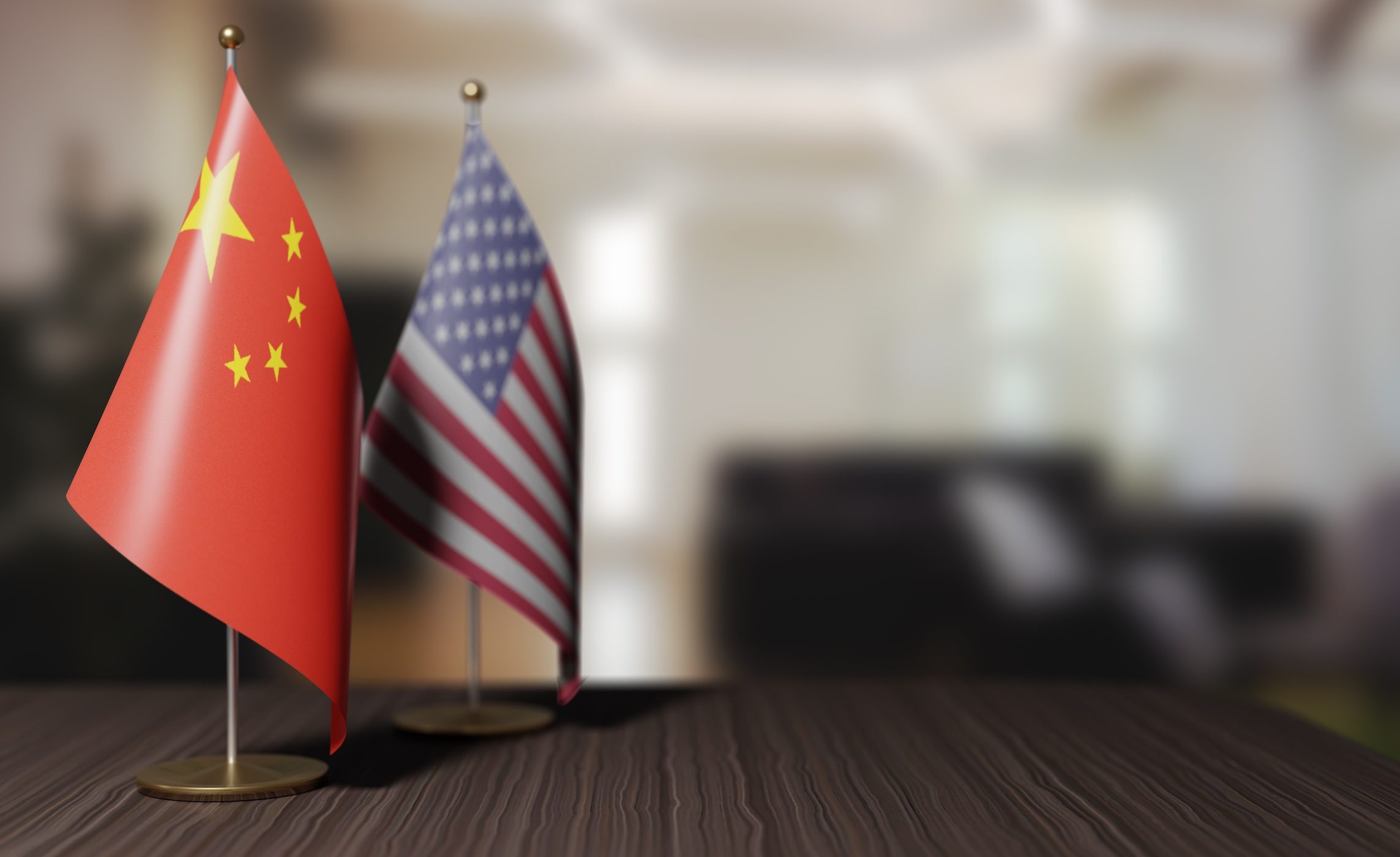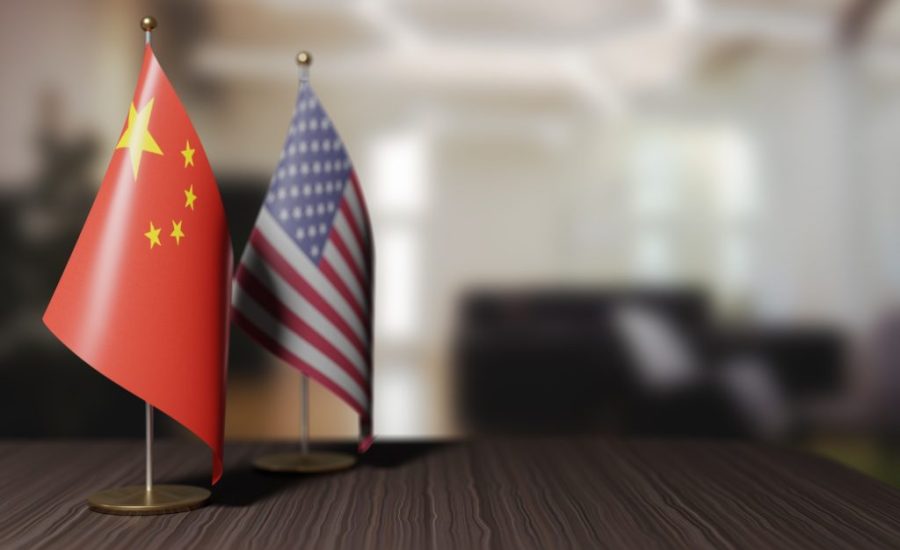The US and China reached a last minute agreement yesterday to further delay the onset of triple-digit tariffs against each other by an additional 90 days.
In a joint statement, Beijing and Washington said they would continue to abide by the terms of their original tariff truce, which were announced in May, following talks in Geneva, Switzerland.
Under the agreement, the US will continue to postpone 145 percent tariffs against Chinese imports and instead slap 30 percent levies on such goods. Meanwhile, China will further delay 125 percent tariffs targeting US products and maintain the 10 percent duties on such items.
US President Donald Trump signed an executive order on Monday to formalise the US end of the deal. The document noted that discussions between the US and China would continue to address what Washington claims is “the lack of trade reciprocity in our economic relationship and our resulting national and economic security concerns.”
In response to the agreement, which will remain valid until 10 November, Lin Jian, the spokesman of China’s foreign ministry said yesterday that “we hope the US will work with China to follow the important consensus reached during the phone call between the two heads of state…and strive for positive outcomes on the basis of equality, respect and mutual benefit.”
[See more: The US announces a controversial new levy on exporters of chips to China]
According to Reuters, the extension of the tariff pause allows businesses to stock up on imports in preparation for Christmas, without having to worry about exceedingly high tariffs. It also postpones tariff rates that would have led to a de facto US-Sino trade embargo.
Speaking to Reuters, the vice president of the Asia Society Policy Institute, Wendy Cutler said that the new deal was “positive news” and illustrated the two nation’s attempts to “lay the groundwork for a Xi-Trump meeting this fall.”
The current deal is a culmination of talks held between US and Chinese trade officials in London and Stockholm in June and July.
While there has been a concerted effort by Beijing and Washington to reduce tensions, US Vice President JD Vance meanwhile said that Trump was considering slapping additional tariffs against China in response to its purchases of Russian oil, but added that the leader hadn’t “made any firm decisions.” India has already been punished for buying up Russian oil, with Trump signing an order to charge an extra 25 percent tariff against the country from 27 August.
Analysts say that If the skyhigh US and Chinese tariffs were to be imposed, it would be extremely damaging to the world’s two largest economies, impacting US and Chinese businesses, as well as jobs.
Although China has been one of the main targets of Trump’s “reciprocal tariffs,” other countries, including allies, have also been hit. Last week, Washington began imposing new tariff rates for dozens of countries, with Syria being slapped with 41 percent duties, and Myanmar and Laos receiving duties of 40 percent.






